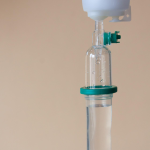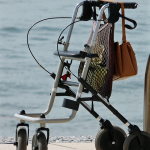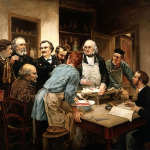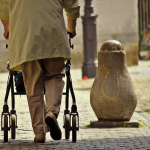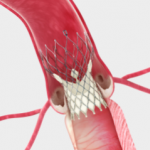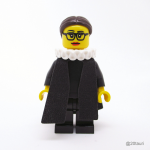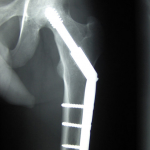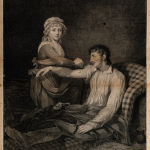These days, age is a topic more debated than just deciding what to watch on streaming services. As we navigate the labyrinth of declining physical and mental prowess, let's dive into the quantifiable quirks of frailty and the slippery slope of cognitive dysfunction.
frailty
Hillel was an ancient Jewish Talmudic scholar becoming the President of the Sanhedrin, the ancient Jewish “Supreme Court.” He was asked one day to teach a possible convert all of the Torah while the applicant stood on one leg. You can find what he said in the footnote [1]. My purpose in mentioning the story is only to introduce the idea that we can learn much from standing on one leg.
Disparities in healthcare are increasingly a hot topic in the journals. Two recent studies demonstrate disparity but identify very different actionable causes. As with all healthcare, it is more complicated and entangled than a single narrative or lens can explain. The data dots are correct, but there is more than one way to connect and explain them.
According to a recent paper, fatigability – how physically tired we feel after specific activities – is a reliable marker of our aging. It can also be used to identify those of us who might be moving towards an eternal nap faster than others.
The foundation of medical research, which is considered the gold standard, is the Randomized Controlled Trial when individuals are matched with others, and then randomized to one treatment or another. While the beauty of an RCT lies in its process of deliberate randomness, very little attention has been paid to the integrity of its building blocks: categories. It's time to take a more in-depth look.
One of the great knocks on our healthcare system is that it emphasizes treatment over prevention. Frailty opens a window on alternate views of that distinction, and how we measure up.
Human physiology is complex. Homeostasis tells us that our physiologic responses maintain us within a specific range. Fractal physiology tells us that, over time, our responses become less responsive. And those changes can be seen years before clinical disease is apparent.
As our population ages and our medical care improves, we have increasing numbers of frail patients. The frail require gentler, longer, and frequently more expensive care. A new study looks at these outcomes.
A new paper shares a different -- and perhaps, a better way -- of describing the outcome of care. It's more than alive or dead; it's about how much better patients are living their lives.
For the second week in a row, Justice Ruth Bader Ginsburg telecommuted. Her recovery teaches us about resilience and its partner, frailty.
Bones are not inert objects, but instead living tissue that responds to a host of mechanical forces. So what if the reason some elderly fall and "break" their hip is that – similar to a bridge collapsing from mechanical fatigue – their bones just gave way?
Frailty helps us identify patients at risk for complications from surgery. But how to "undo" frailty remains a puzzle.


